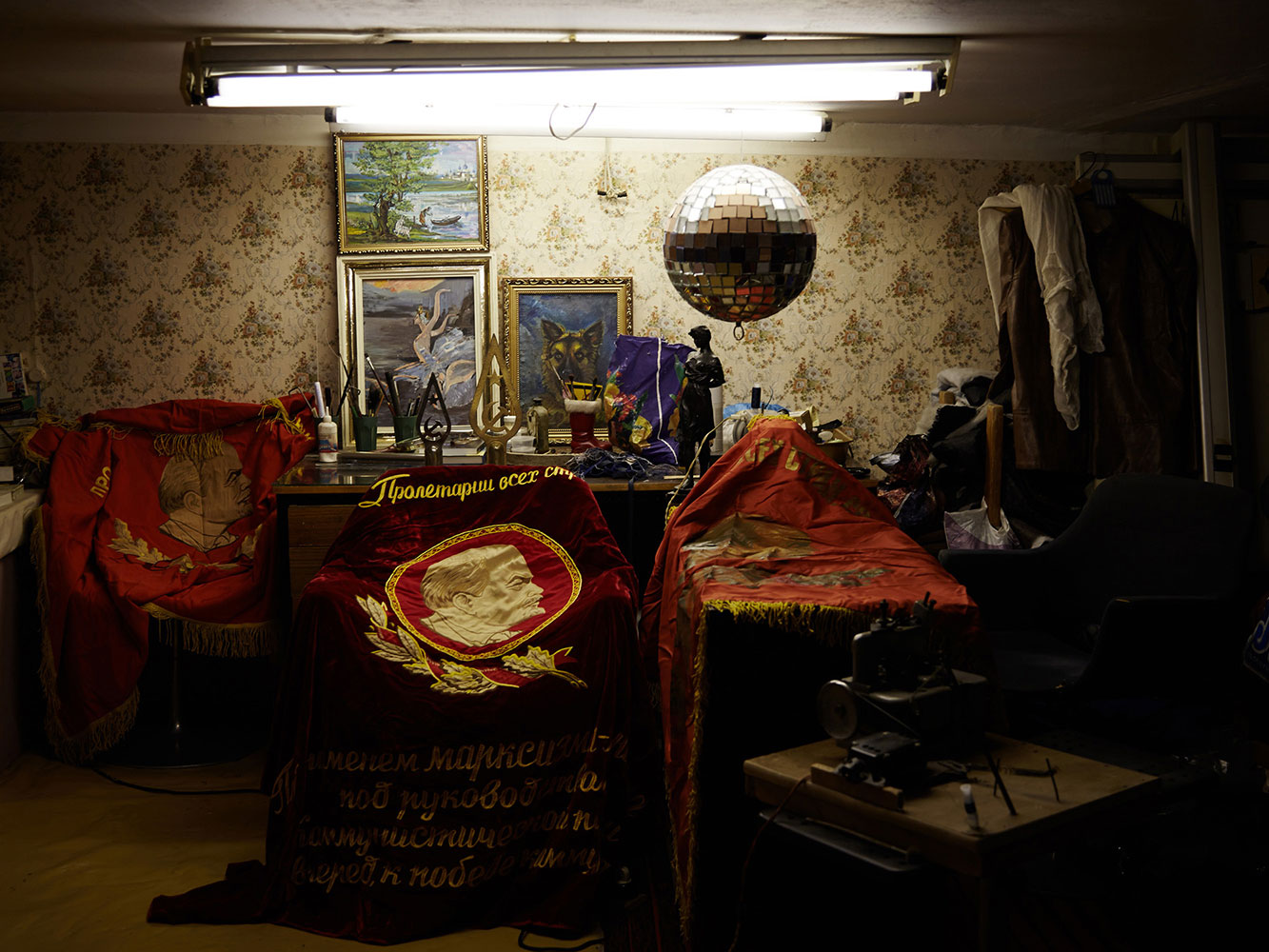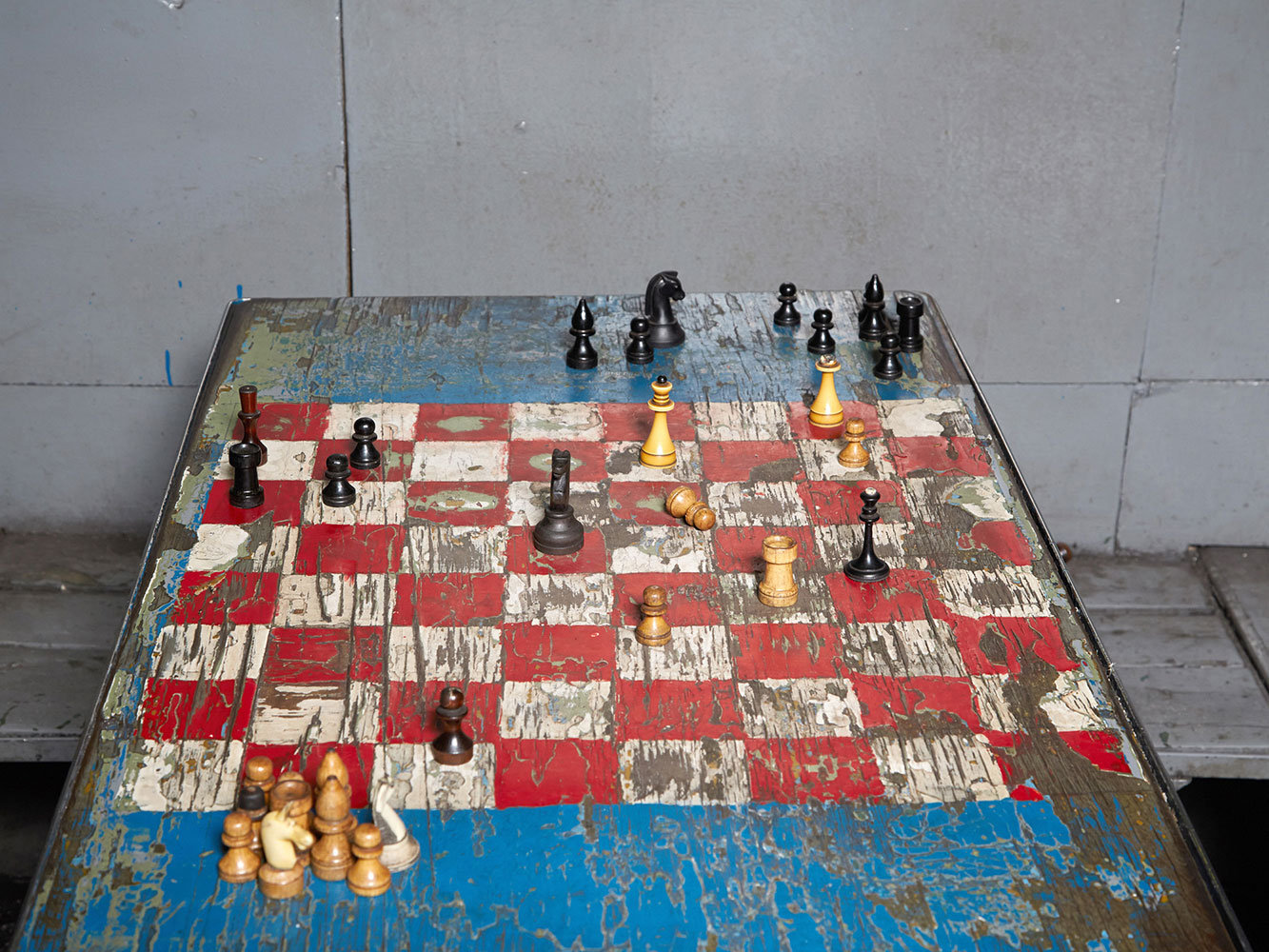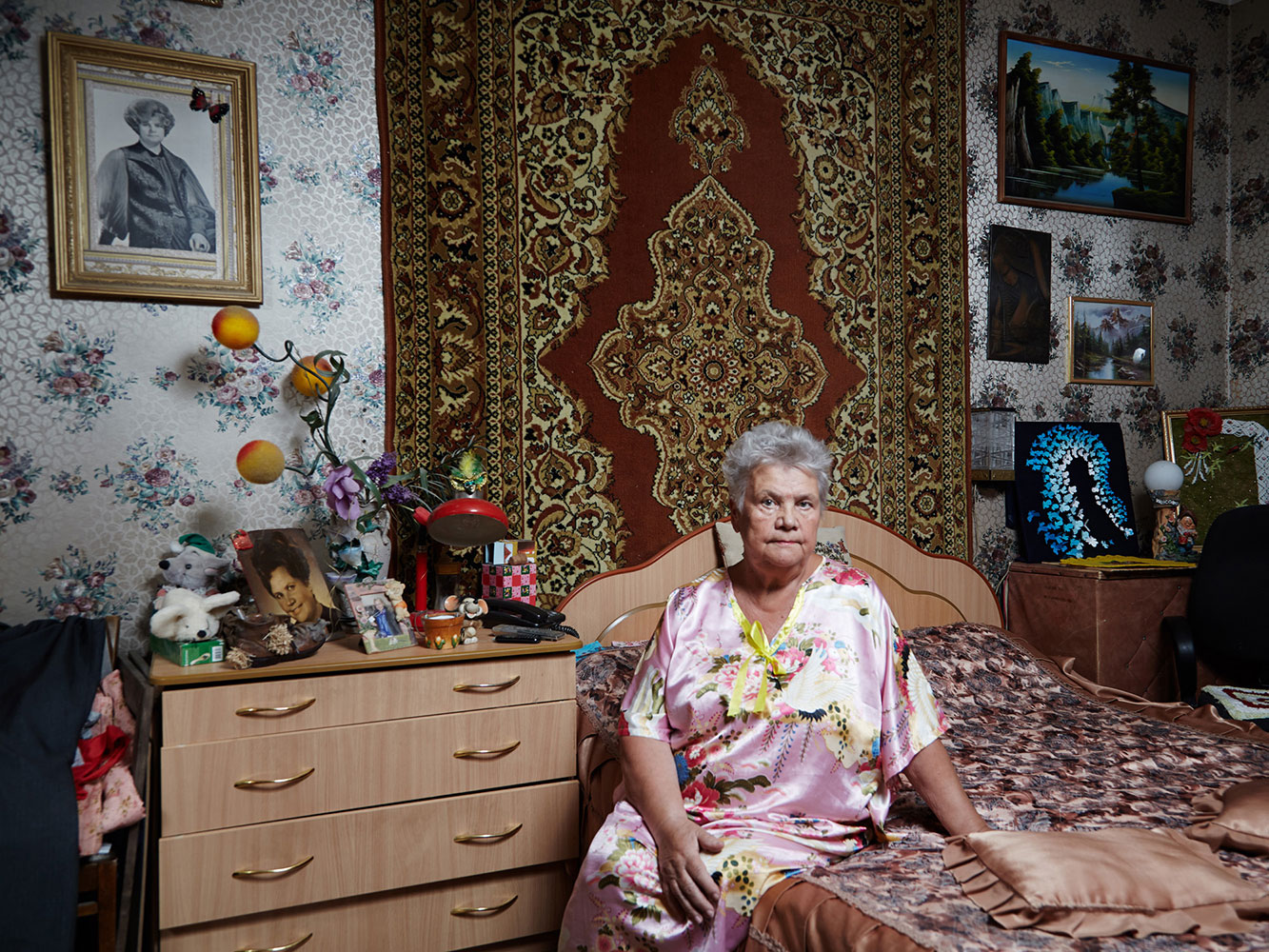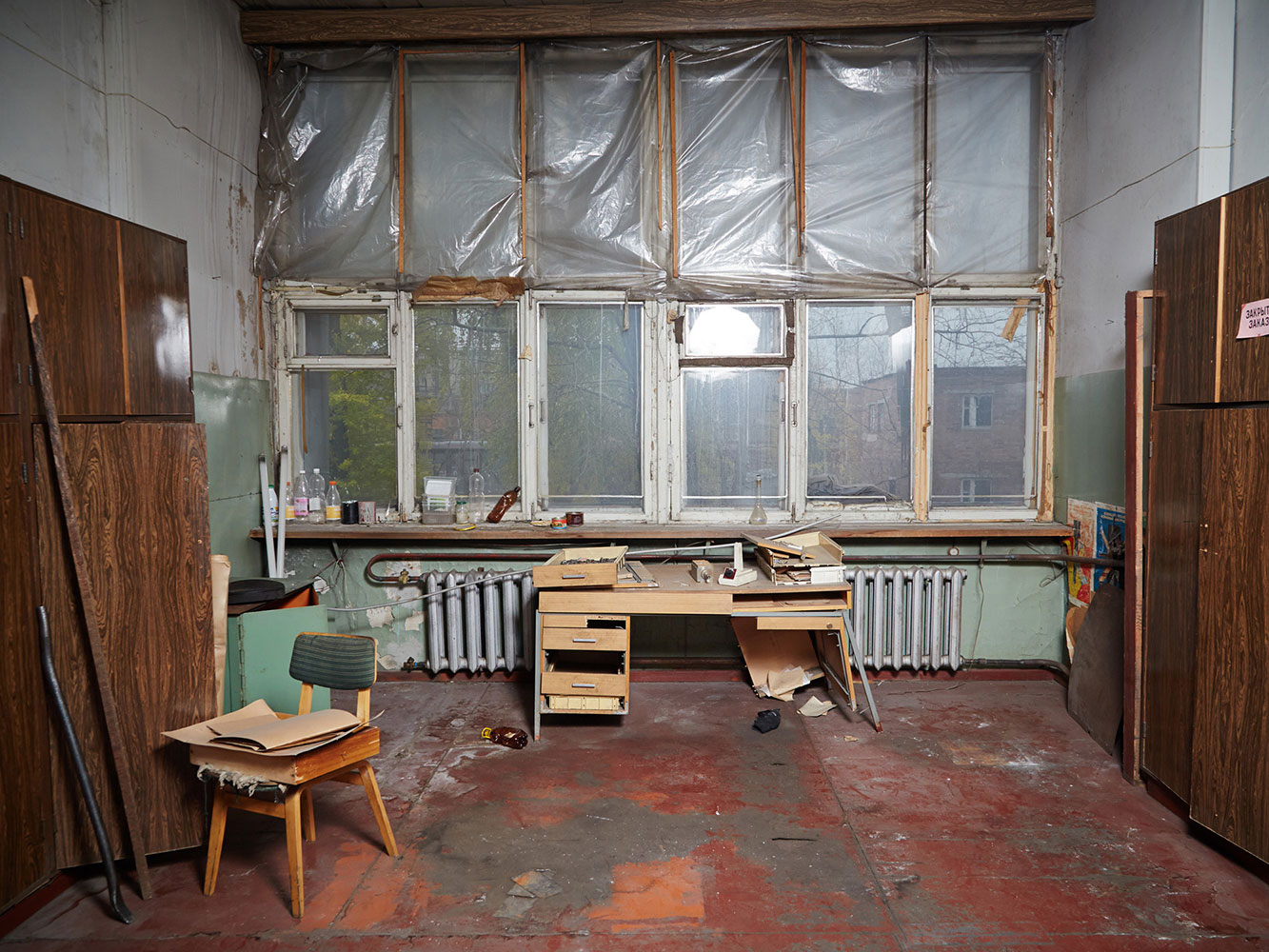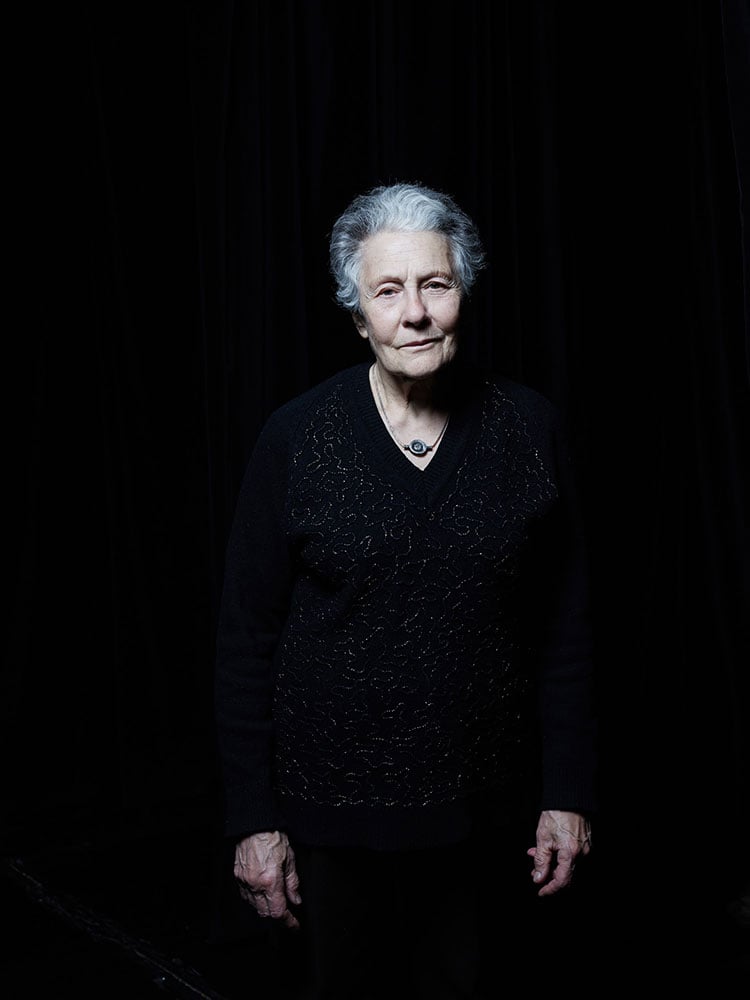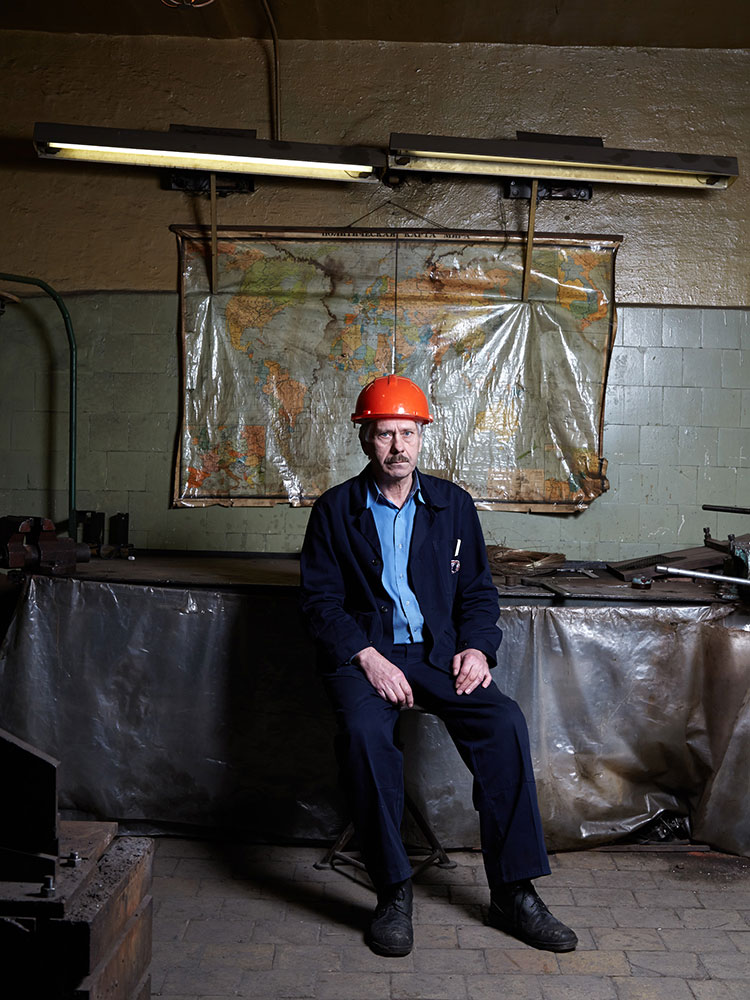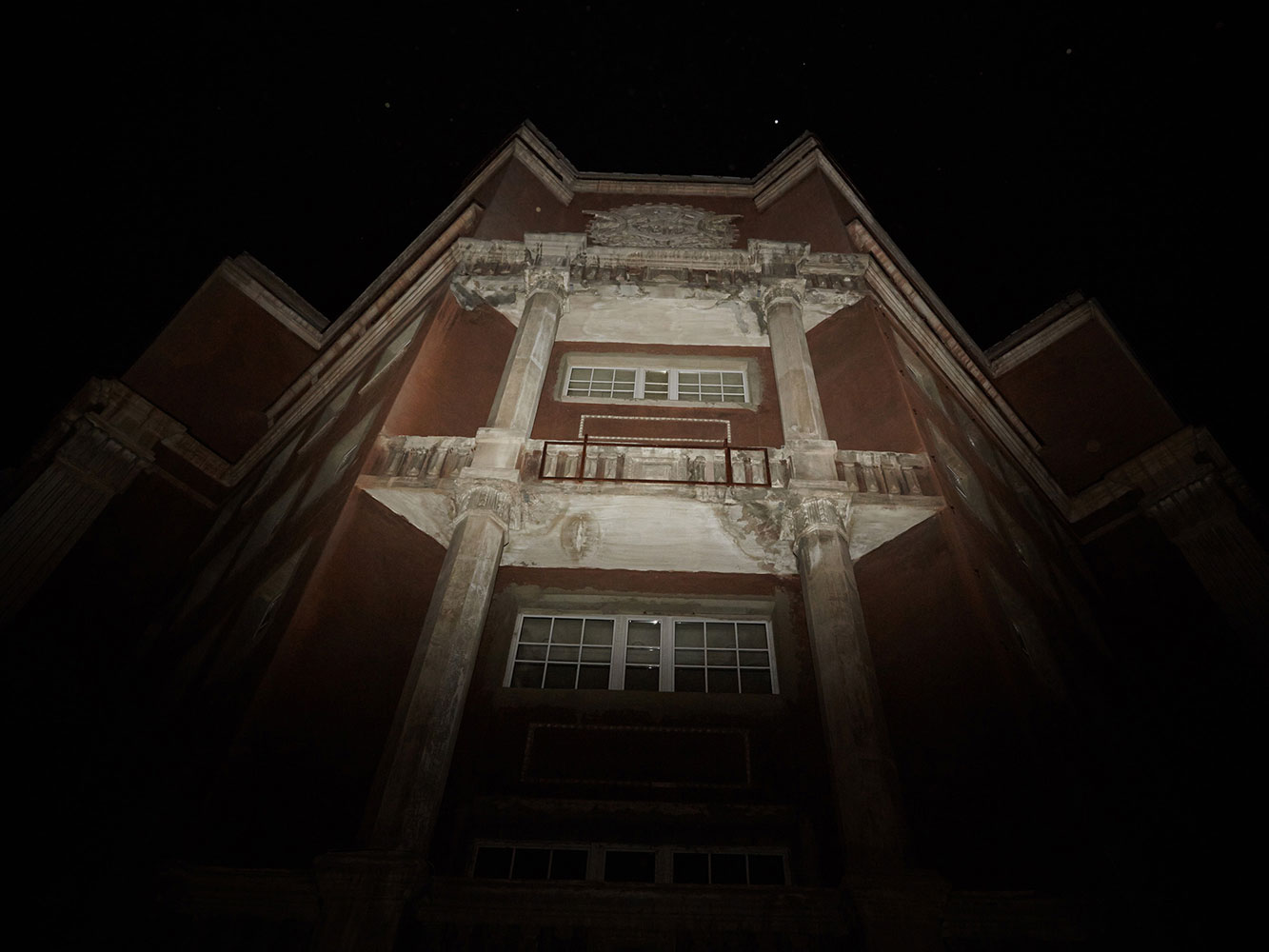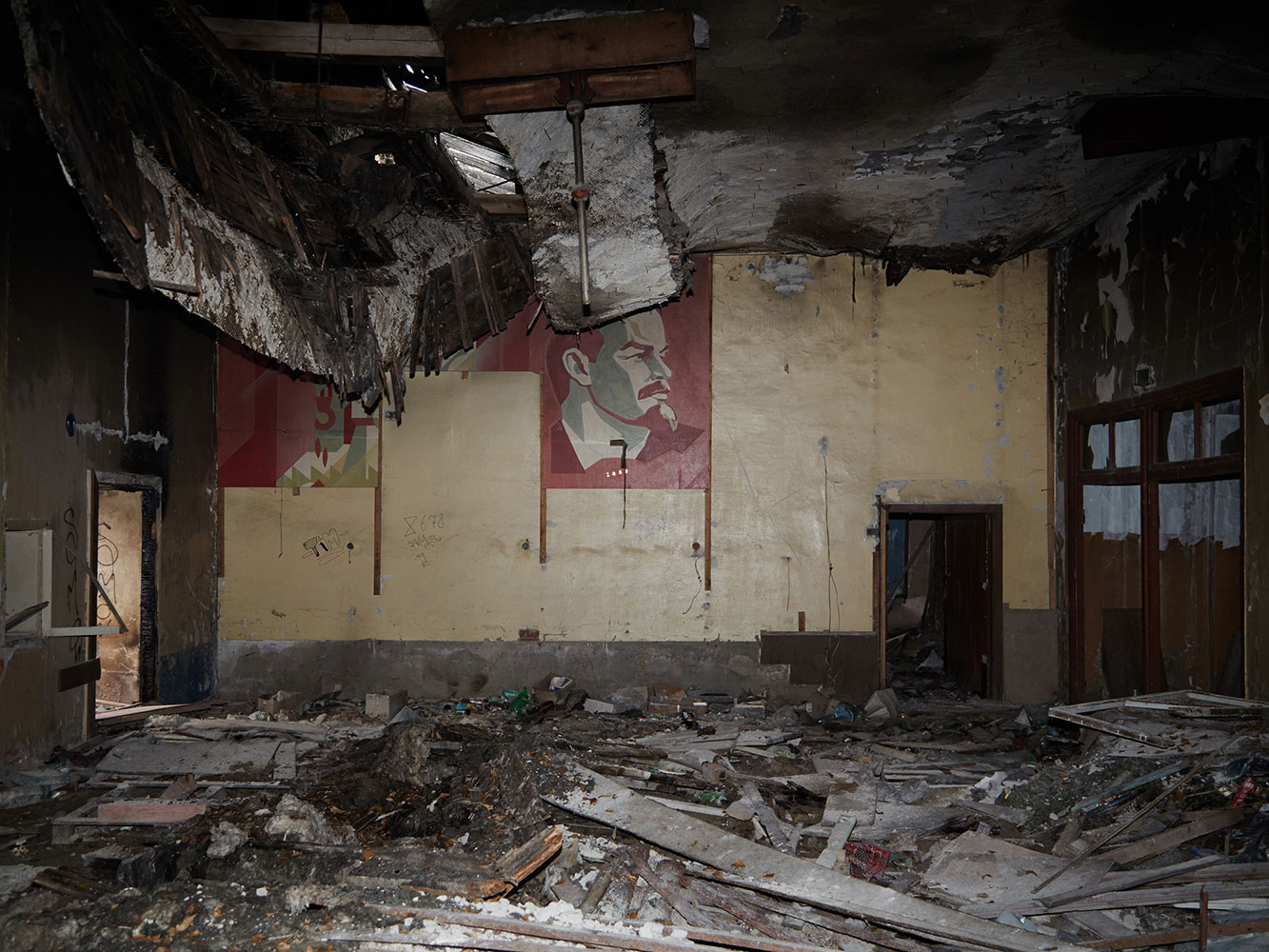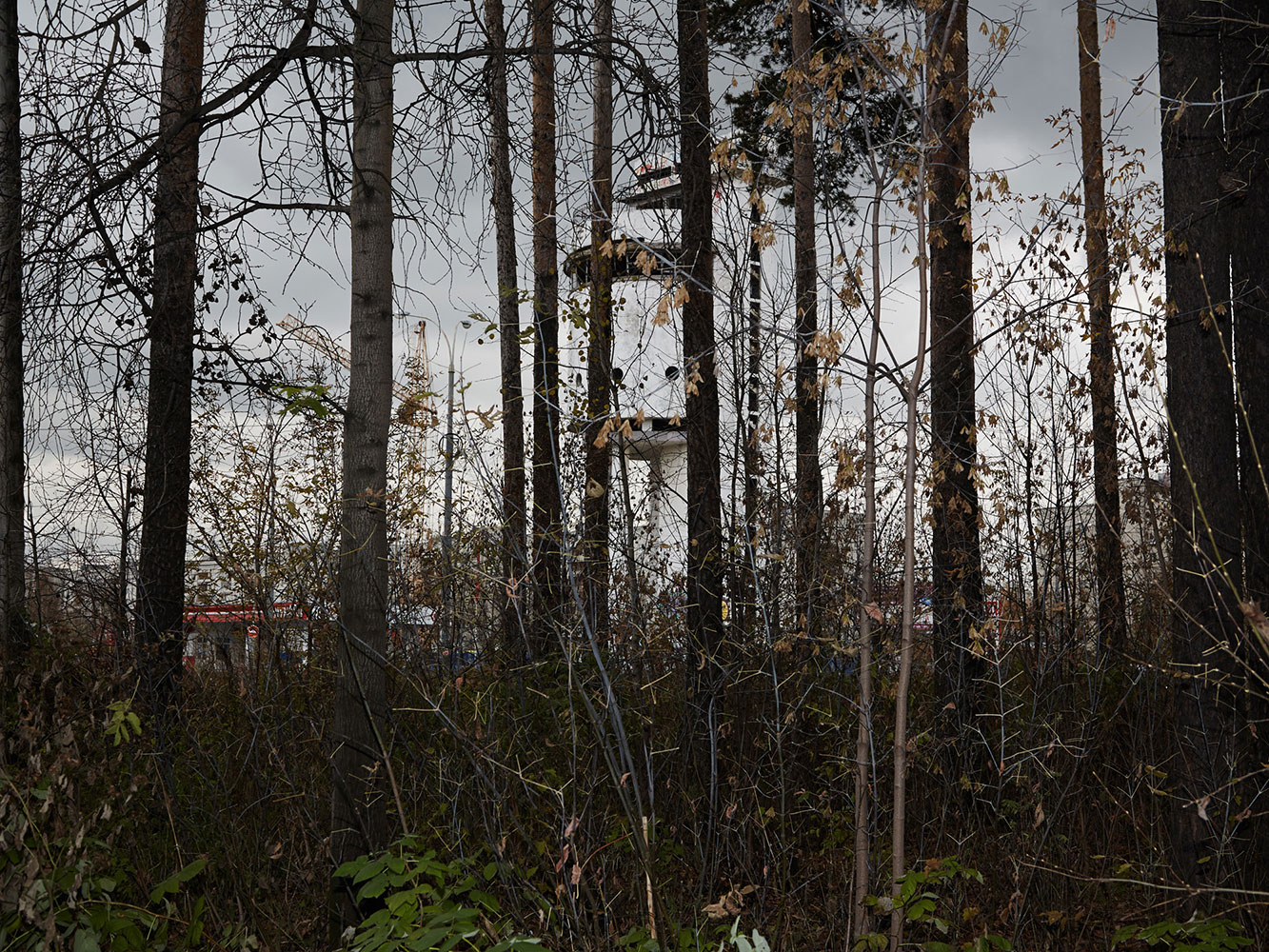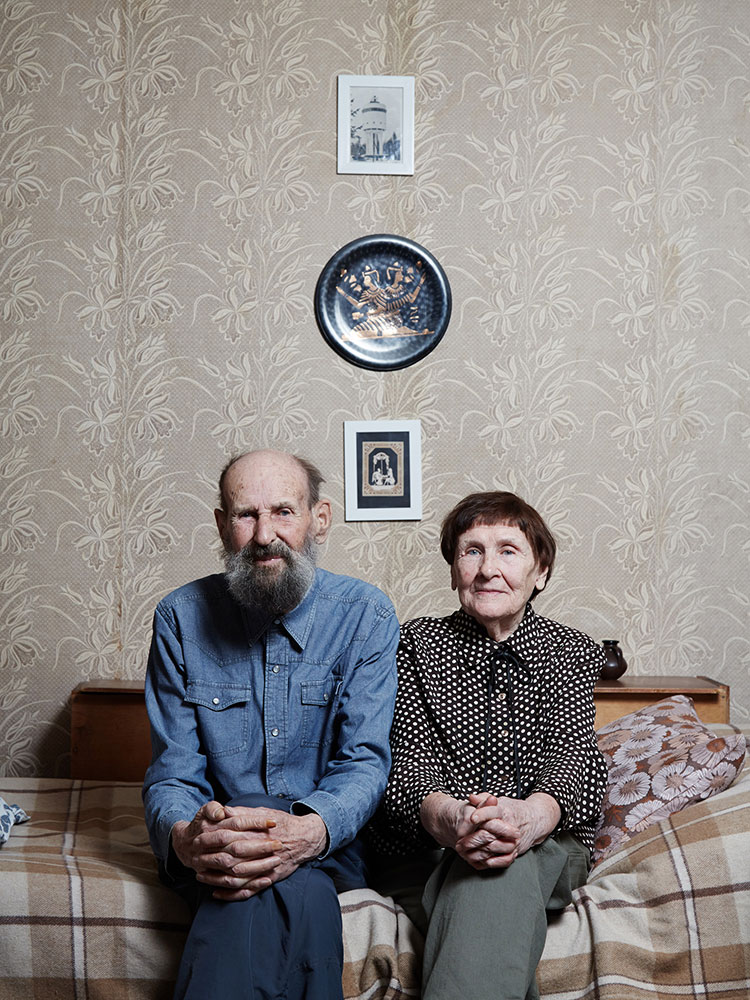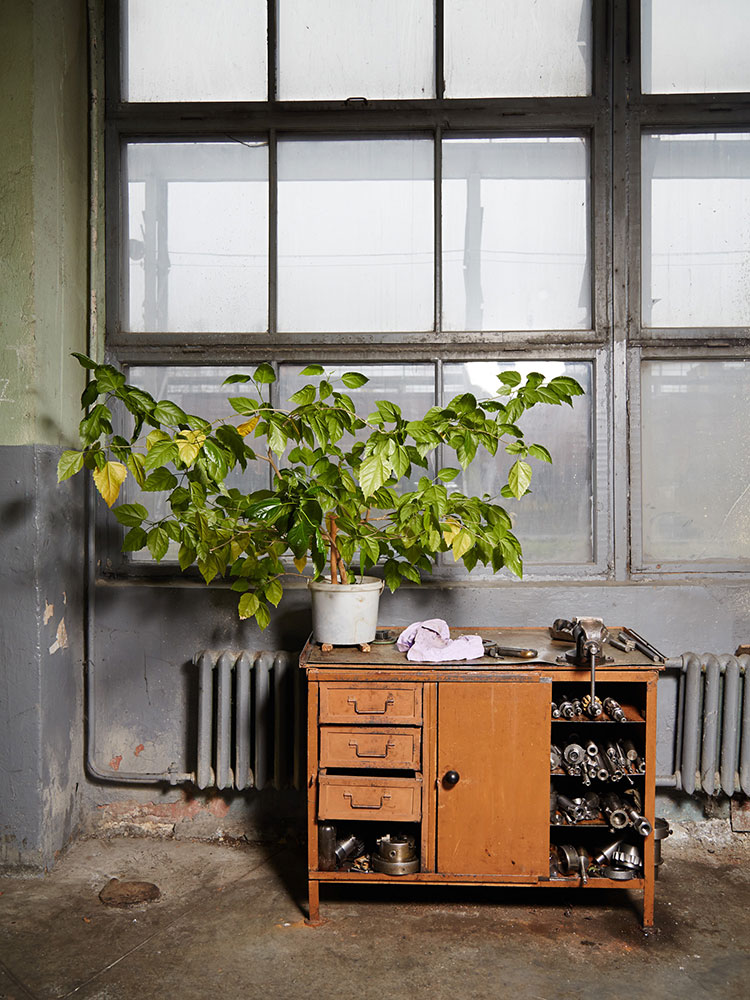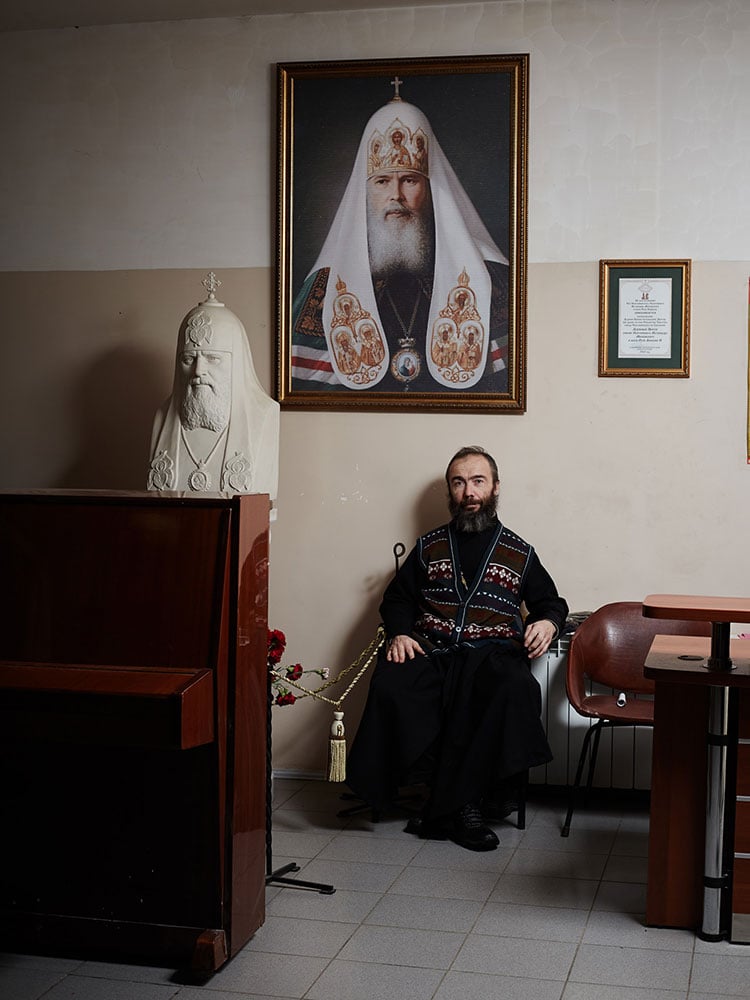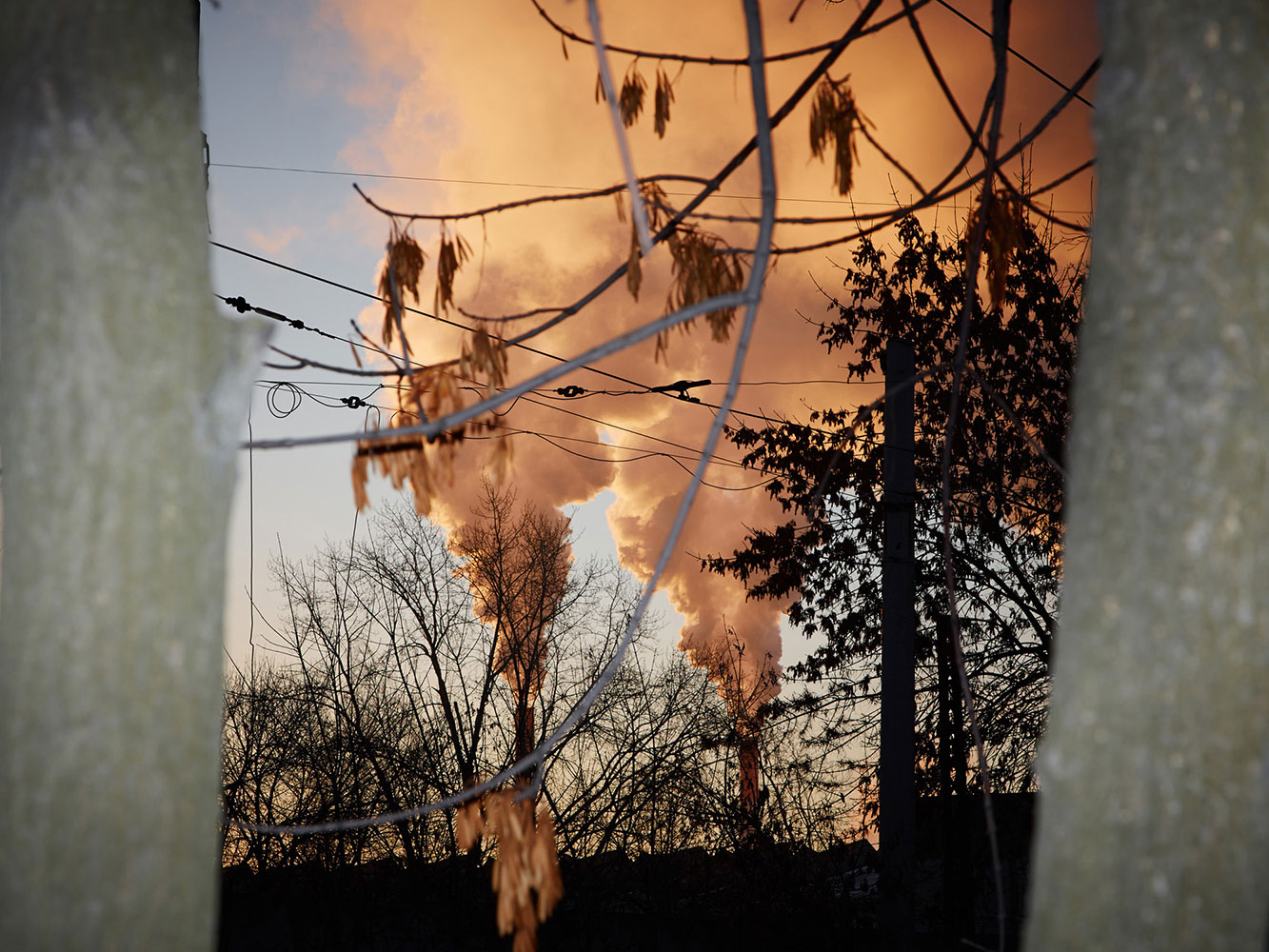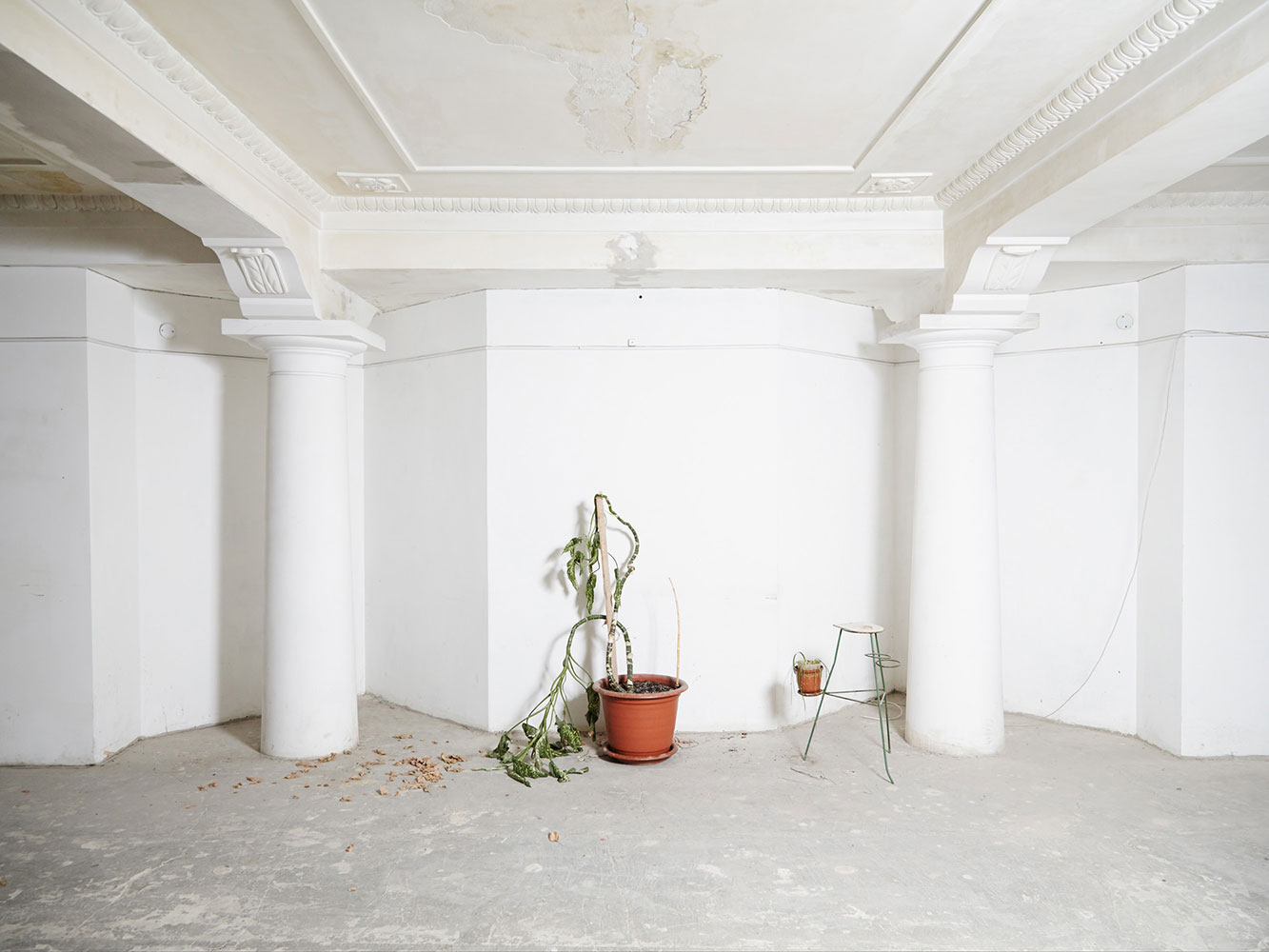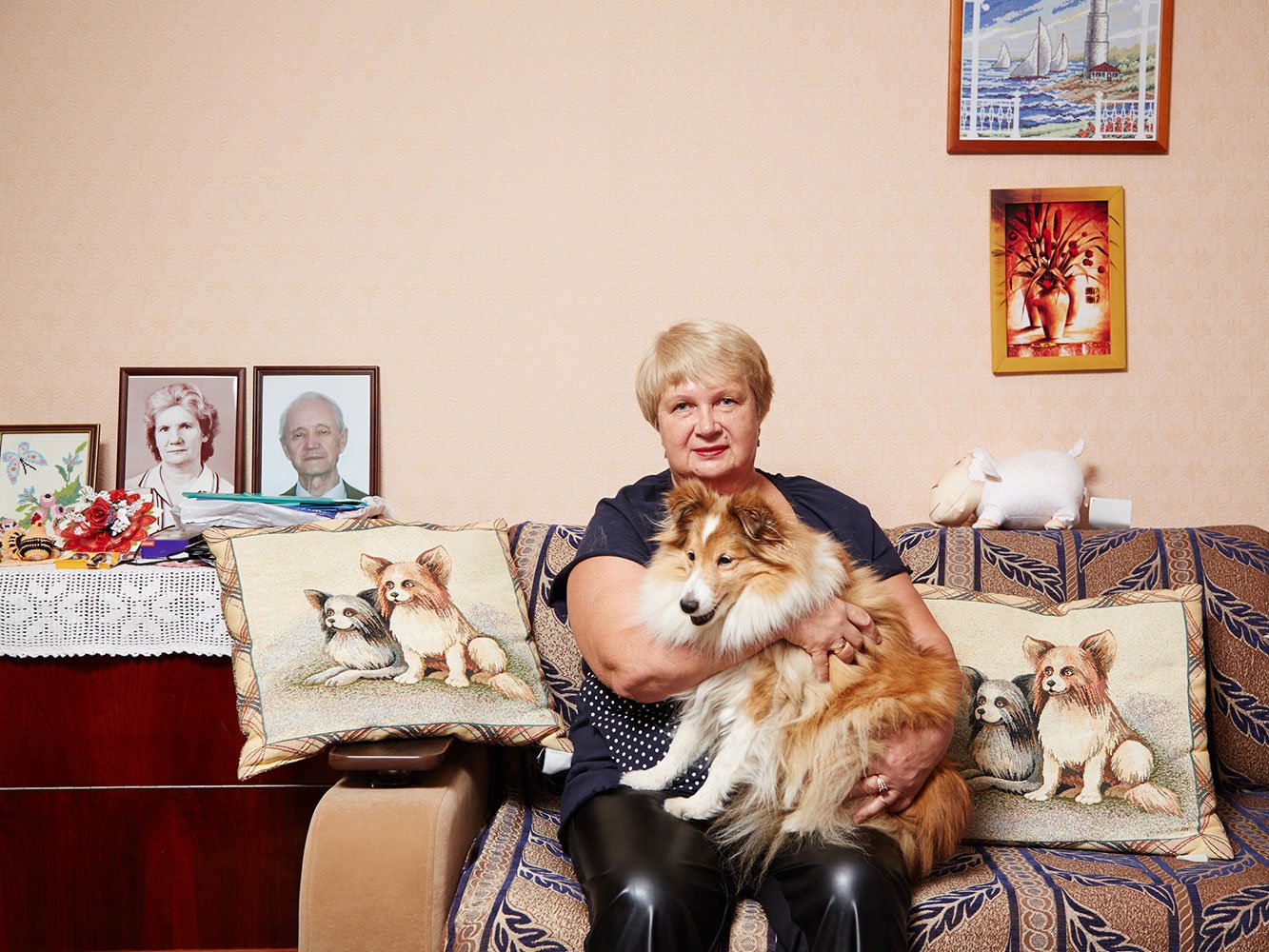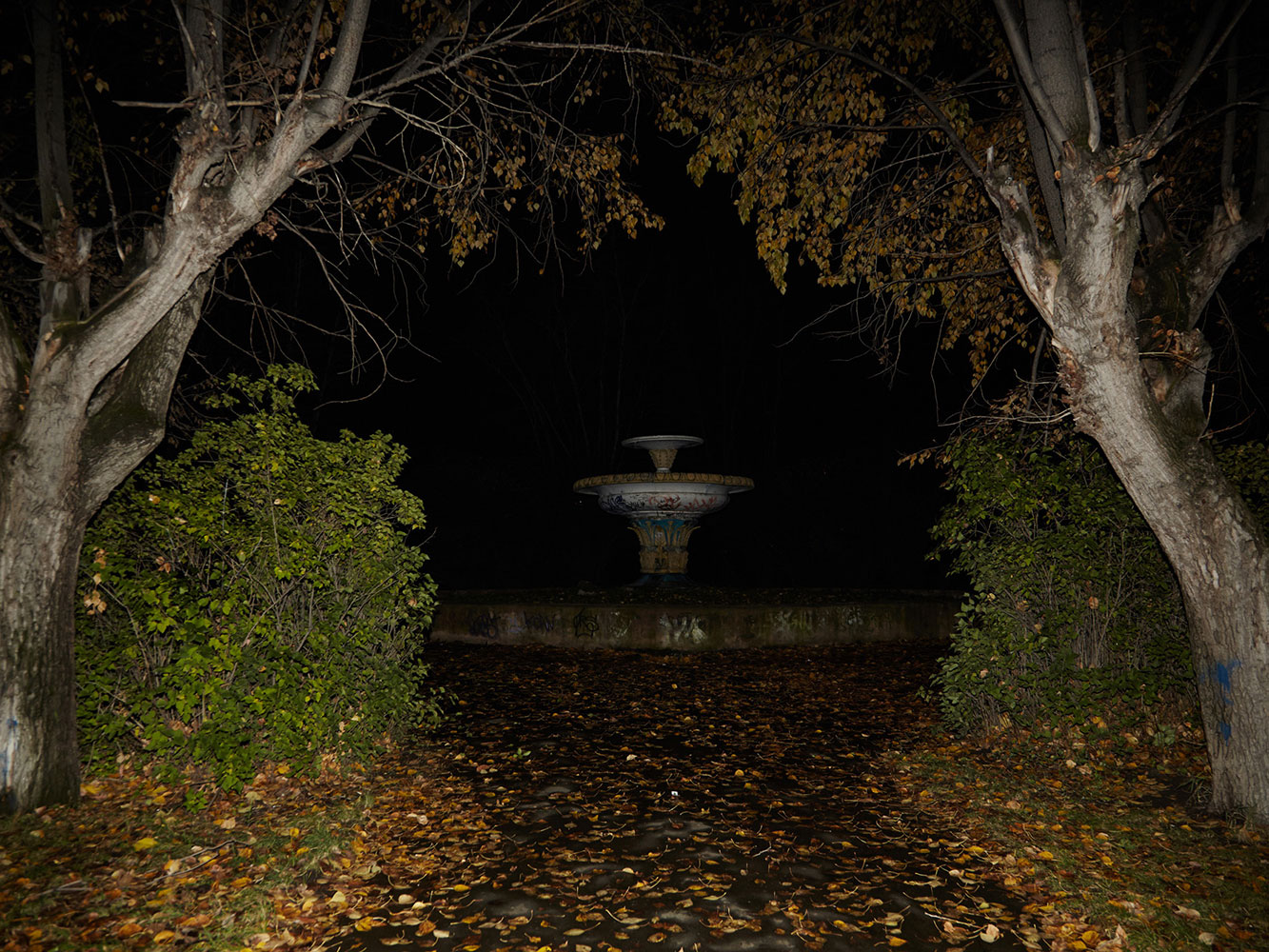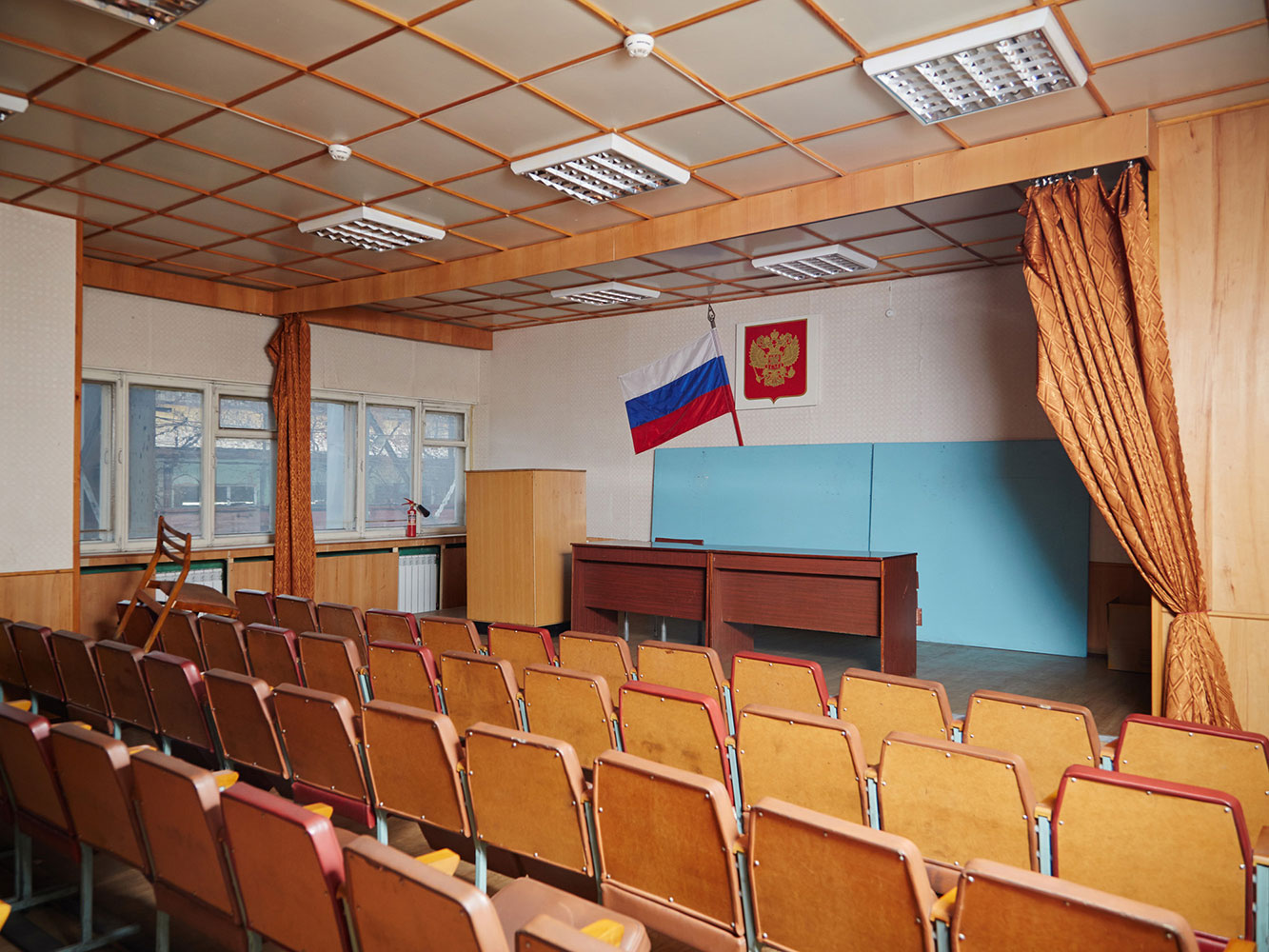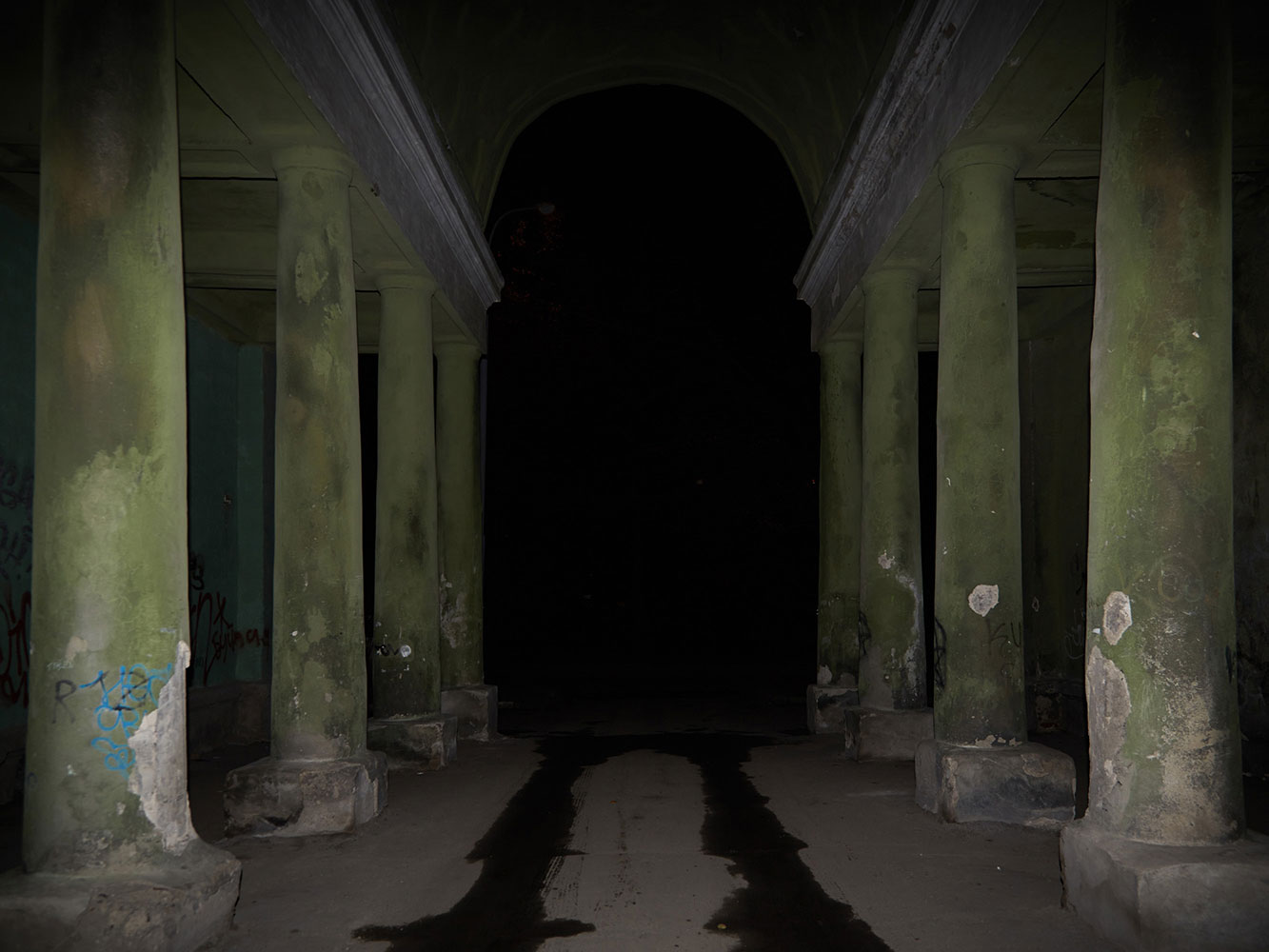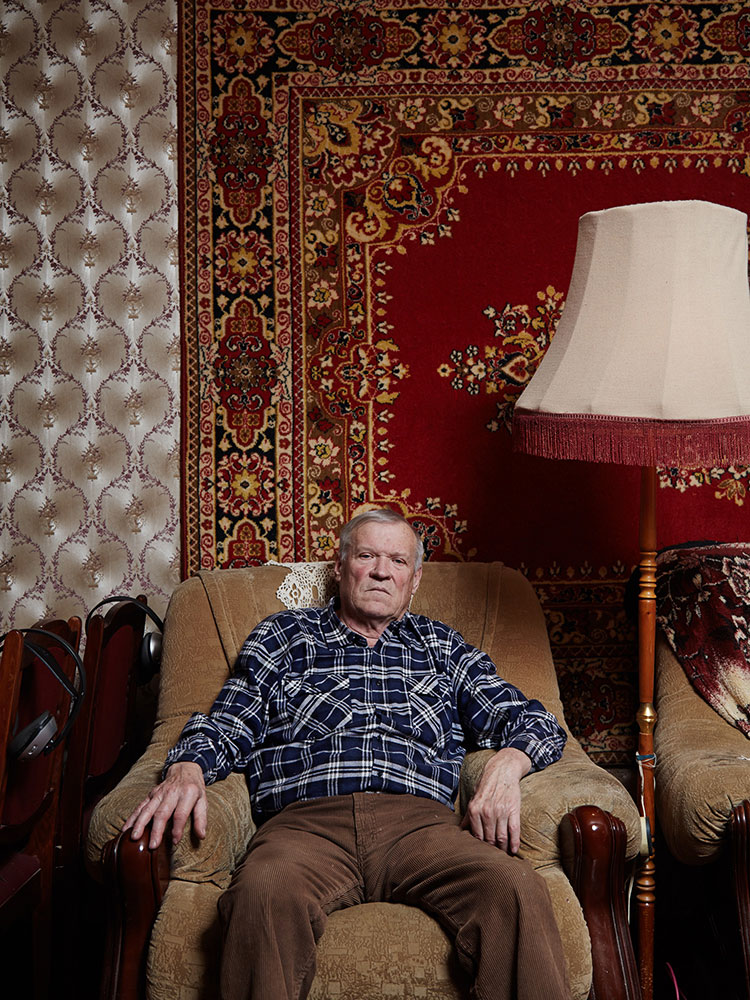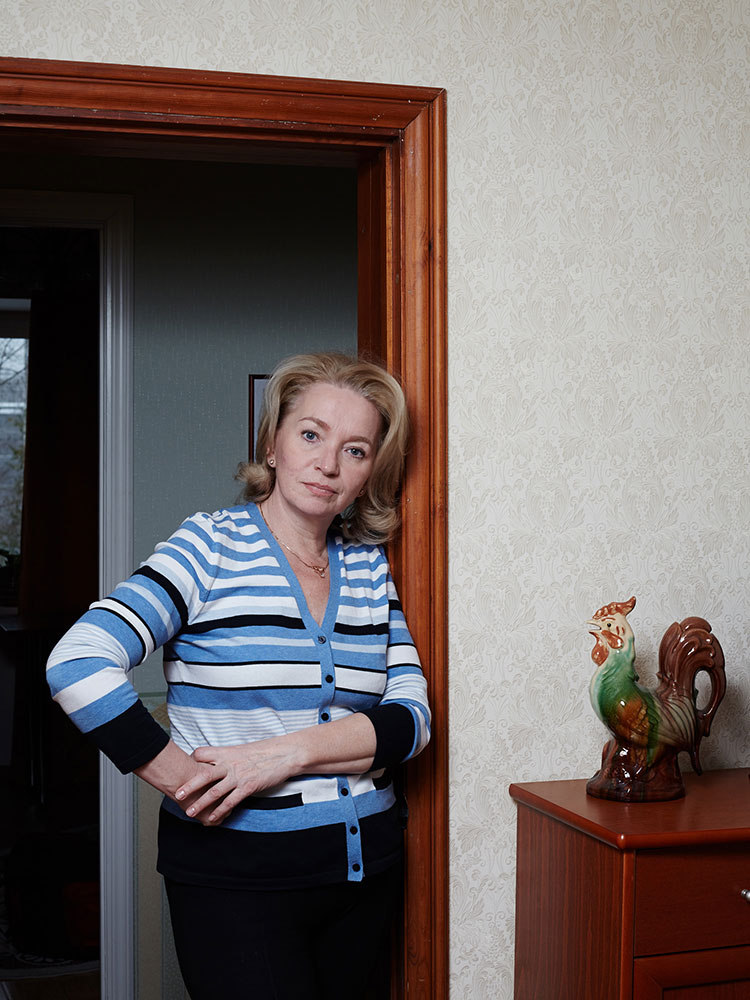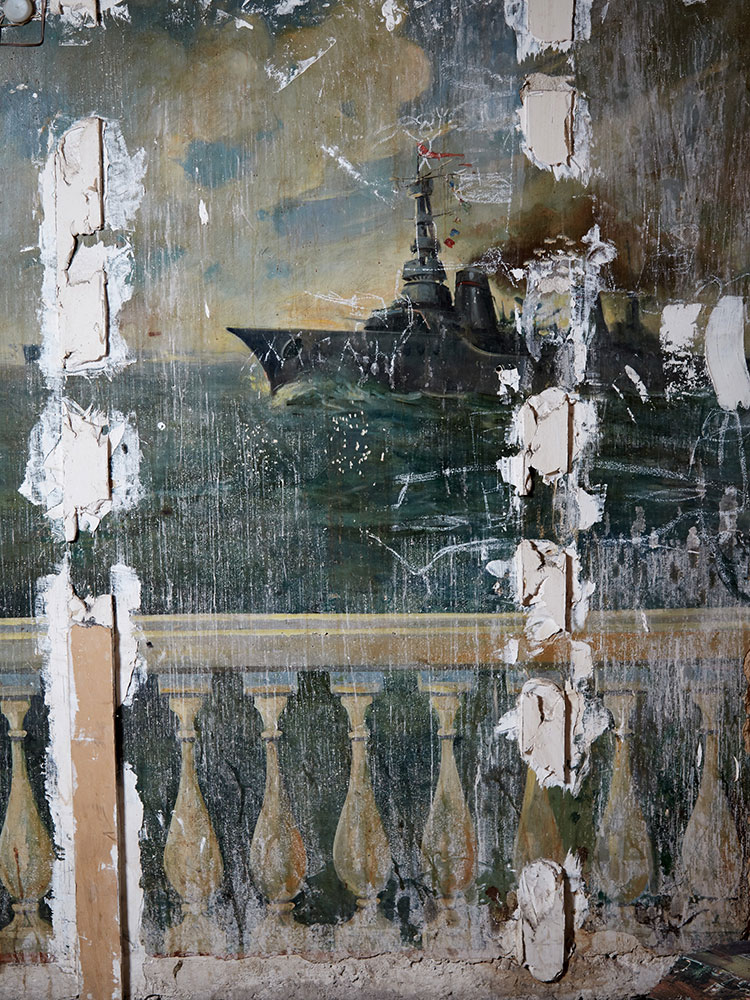Uralmash: inside the Soviet-era industrial powerhouse surviving on community spirit
When it was built in 1933, the Ural Heavy Machinery Building Plant, also known as Uralmash, was the largest of its kind — one of the consequences of Joseph Stalin’s ambitious Five-Year Plan to develop heavy industry across the USSR in the shortest time possible. To house factory workers and their families, a workers’ settlement had to be constructed from the ground up. Taking its name from the factory, it formed one of the new socialist cities that sprung up in the Urals and Siberia between the 1920s and 1930s, promising a workers’ paradise responsible for looking after every aspect of civic and personal life.
Its appeal was eventually marred when the state lost control of its factories after the dissolution of Soviet Union. As with many similar one-factory towns that were once heralded as experiments in utopian living, the transition to a free market economy was not an easy one for Uralmash. During the 1990s, the factory found itself amidst one of the bloodiest turf wars in Russian history. The settlment went from utopia to gangland. Furthermore, its workforce had drastically downsized over the years from tens of thousands to a mere 3000. But one thing was not lost in Uralmash and Russian photographer Fyodor Telkov was keen to capture this.
“Uralmash is a district of Yekaterinburg but at one time it was considered to be a city within a city. Even today, many who travel into the centre of Yekaterinburg will say that they are travelling to another city. People used to say this because there was no need to go to any other part of the city. Uralmash had everything, the factory provided for all its workers — from food to goods to social security,” the photographer explains. The hospital in Uralmash is a case in point, remaining one of the best in Yekaterinburg to this day.
“The area preserves the warmth of its people, the traces of time”
“It’s been eight years since I moved here from Nizhny Tagil. My wife is from here and now our son is a bonafide Uralmashan,” Telkov says. Together they live in a five-storey 1980s apartment block that overlooks Khrushchev-era buildings of the 1960s. In the vicinity is a old-fashioned market that sells clothes on open air stalls, and food produce indoors. Two minutes further is a trolley-bus station where you can catch the number 10 marshrutka bus that not only traverses the entirety of the district but also takes workers to and from the factory, parts of which remain in operation. “For me the project was an opportunity to research the area through the lens of the 1930s, and to visit those places which, in any other situation, I would have never encountered. This included one of the first factory workshops that’s been operating since the 1930s, the apartment of one of the factory directors in Home of the Gentry (Dvoryanskoye gnezdo) — a housing complex built in the Stalinist style for the Soviet elite — and Hotel Madrid, which was recently shut for an indefinite period,” Telkov continues.
Apart from Hotel Madrid, Uralmash is home to many other examples of Constructivist architecture, such as the factory’s main administration building, the historical centre, the palace of culture (now known as Ordzhonikidzky Centre of Culture) and the White Tower, the “unofficial symbol” of Uralmash, situated at the end of the Boulevard of Culture. “What surprised me was that many of the buildings and places have retained their function to this day: for instance the public banya is still up and running along with the workshop I mentioned, with the same people and machinery, which was imported even before construction,” he adds. This has not been true of all buildings. Among Telkov’s photographs is an image of the recently burned down local cinema, which like much of the factory is now abandoned and awaiting restoration.
Connecting all these different layers of urban history are the residents. “They include former workers, factory workers’ families, people who were united by one goal and dream, and who poured their whole heart into this place. In my view, this is exactly what makes this place unique,” the photographer says. So he decided to dedicate his project to the Uralmash community; part of the work involved tracing the direct descendants of the first factory workers of the 1930s. These are the successors that maintain the living legacy of Uralmash but whose stories and memories are often left out of museums and historical literature.
“For most of people in Yekaterinburg, [Uralmash] is another planet. There’s still a hangover from the 1990s, many people think you’ll find a higher rate of crime here. You can’t agree with this but to disagree would also be quite hard.” For Uralmash’s residents it’s a whole different story: the protagonists of Telkov’s project Descendants of a Dream have spent all their lives here. “I would also not want to move anywhere else. This place has its own appeal and romance. The area preserves the warmth of its people, the traces of time, in contrast with all the cold, high-rise developments in other areas of the city,” Telkov concludes.
I would like to thank Polina Ivanova and Natalia Shipilova for helping to realise this project.
Text: Liza Premiyak
Image: Fyodor Telkov
